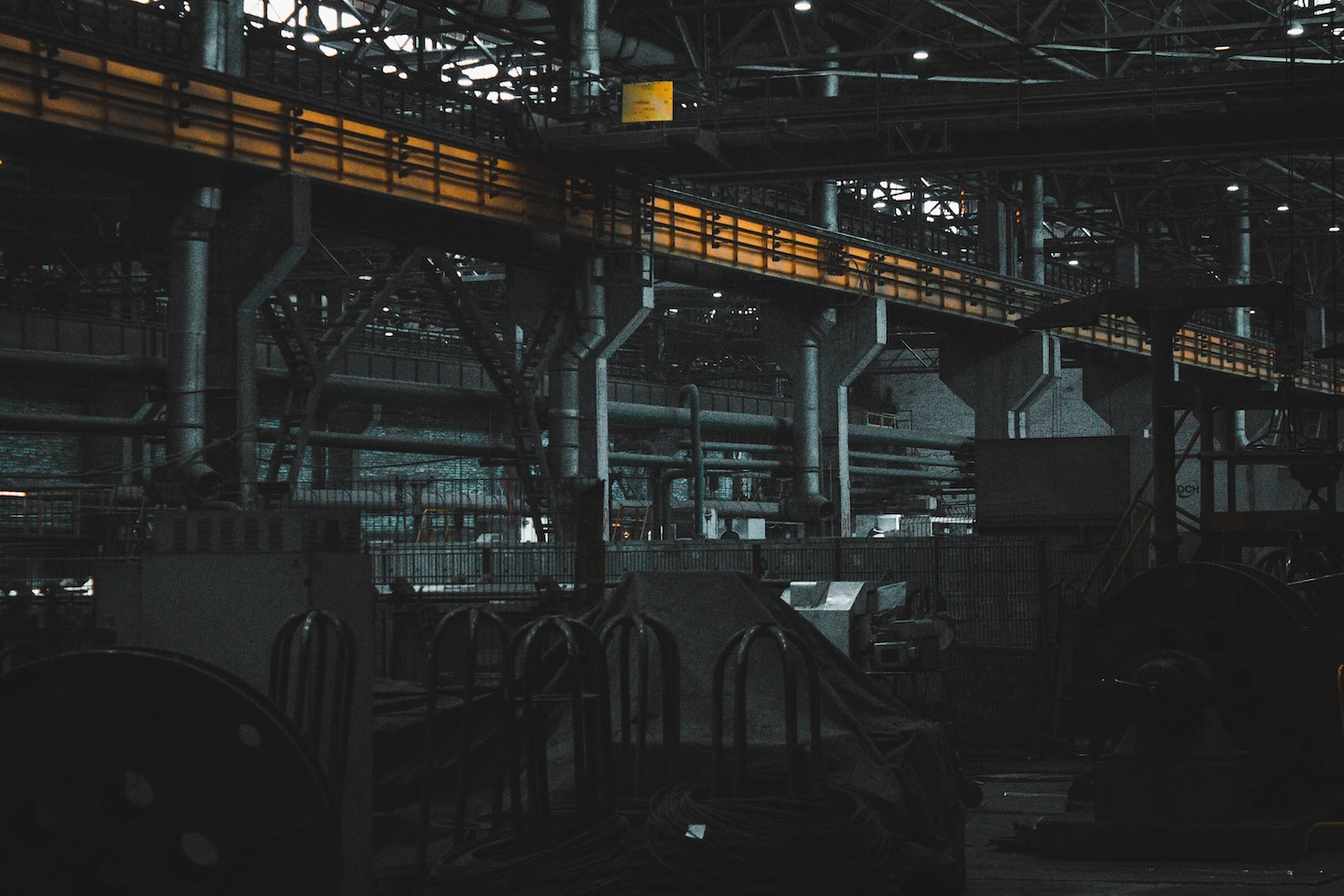Artificial Intelligence (AI) is no longer a speculative bet—it’s a proven lever for value creation across industries, including the industrial sector. From autonomous logistics to generative product design, AI is accelerating real-world impact. Yet industrial companies still lag, with only 59% reporting AI adoption versus 71% cross-sector. This gap is especially stark among small-cap firms, where fewer than 30% of top-valued companies actively use AI to drive revenue or enable product offerings (Exhibit 1). While AI-native firms achieve $100M+ ARR with lean teams, many industrials remain stuck in pilot purgatory.
Exhibit 1

What’s holding industrials back isn’t a lack of ambition—but data fragmentation, legacy systems, and a slow-moving change culture. Most firms struggle to deploy AI at scale due to poor data infrastructure, organizational silos, and a shortfall of digital talent. Meanwhile, startups and AI-native disruptors move fast, leveraging low inference costs and scalable models to compress implementation timelines and deliver measurable returns (Exhibit 2). Cursor, for example, reached $300M ARR with just 60 employees, demonstrating how AI is fundamentally shifting the math on productivity.
Exhibit 2

The key to unlocking AI ROI lies in reframing the implementation approach. Traditional digital tools required expensive rollouts and years to pay off. AI, on the other hand, enables faster time-to-value: real-time analytics, predictive maintenance, automated inspection, and intelligent routing are now deployable with minimal headcount and training. This new ROI equation (Exhibit 3), supported by over 46 high-impact use cases, allows firms to scale intelligently across functions from supply chain to customer support.
Exhibit 3

Winning firms follow a structured playbook—what we call the 3C Framework: Compress time and cost with intelligent automation, Coordinate decisions across systems and stakeholders, and Compound value by scaling successful models across the enterprise. Companies like Micron and Wabtec are already proving the power of this approach, with gains in productivity, reductions in scrap, and faster time-to-market. The AI race is on, and for industrial leaders, success depends on how quickly and purposefully they can move from pilots to full deployment.





















